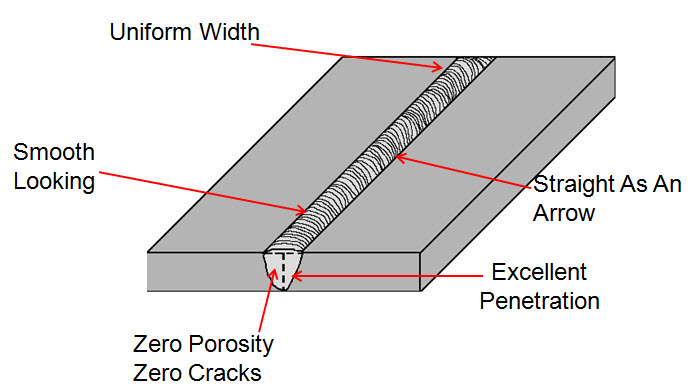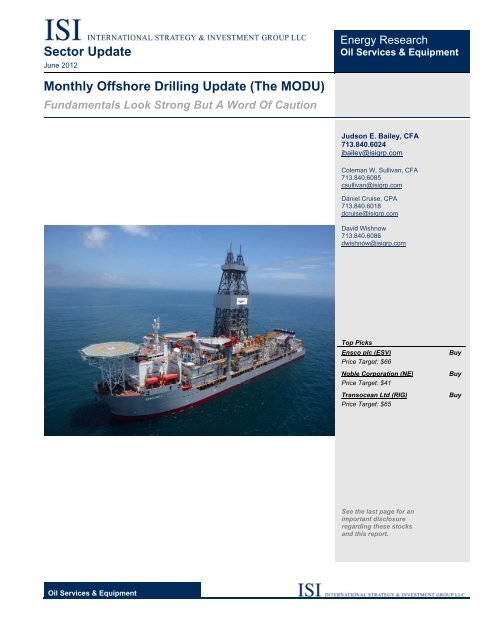UNDERSTANDING POROSITY FORMATION AND PREVENTION WHEN WELDING
Por um escritor misterioso
Descrição
Keyhole laser welding is a joining technology characterised by the high focussed power density applied to the workpiece, facilitating deep penetration at high processing speeds. High aspect-ratio welds produced using this process invariably have narrow heat-affected-zones and minimal thermal distortion compared with traditional arc welding processes. Furthermore, the ability to process out of vacuum and the easy robotic manipulation of fibre optically delivered 1?m wavelength laser beams, allow keyhole laser welding to process geometrically complex components. The widespread uptake of keyhole laser welding for the production of titanium alloy components in the aerospace industry has been limited by the stringent weld quality requirements. Producing welds with levels of subsurface weld metal porosity content meeting the required weld quality criteria has been the primary obstacle. Here, three techniques for controlling the levels of weld metal porosity when welding titanium alloys with Nd:YAG rod lasers have been developed. Characterisation of the welding processes using high speed photography and optical spectroscopy, have allowed an original scientific understanding of the effects these methods have on the keyhole, melt pool and vapour plume behaviour. Combining this with a thorough assessment of the weld qualities produced, has enabled the effects of these process behaviours on the formation of weld metal porosity to be determined. It was found that with the correct process parameters a directed gas jet and a dual focus laser welding condition can both be used to reduce the occurrence of keyhole collapse during Nd:YAG laser welding. The directed gas jet prevents the formation of a beam attenuating vapour plume and interacts with the molten metal to produce a stable welding condition, whereas the dual focus laser welding condition reduces fluctuations in the process due to an enlarged keyhole. When applied, both techniques reduced the occurrence of porosity in the weld metal of full penetration butt welds produced in titanium alloys. A modulated Nd:YAG laser output, with the correct waveform and modulation frequency, also reduced the occurrence of porosity in the weld metal compared with welds produced with a continuous-wave output. This was a result of an oscillating wave being set-up in the melt pool which manipulated the keyhole geometry and prevented instabilities in the process being established. In addition, the potential for welding titanium alloys to the required weld quality criteria with state-of-the-art Yb-fibre lasers has been assessed. It was found that the high power densities of suitably focussed laser beams with excellent beam quality, were capable of producing low-porosity full penetration butt welds in titanium alloys without the techniques required for laser beams with a lower beam quality. These new techniques for keyhole laser welding of titanium alloys will encourage the uptake of keyhole laser welding for producing near-net-shape high-performance aerospace components. The advantages offered by this joining technology include high productivity, low heat input and easy robotic automation.

Porosity in Welding- Causes and Corrective Action

Welding Techniques

PDF) Porosity Formation and Prevention in Pulsed Laser Welding

Shielding Gas for Laser Welding: The Ultimate Guide - Baison

Welding Porosity: What It Is & Causes?

Welding Methods and the use of Laser Illumination in Welding Imaging

Study on the distribution, element characteristics, and formation mechanism of porosity during laser welding for Ti-6Al-4V bottom-locking joint

UNDERSTANDING POROSITY FORMATION AND PREVENTION WHEN WELDING TITANIUM ALLOYS WITH 1 ?m WAVELENGTH LASER BEAMS

UNDERSTANDING POROSITY FORMATION AND PREVENTION WHEN WELDING TITANIUM ALLOYS WITH 1 ?m WAVELENGTH LASER BEAMS

Welding Defects - Classification, Causes and Remedies

Welding Defects - Types, Causes, Prevention

Challenges and solutions of reducing porosity formation during remote laser welding of die casting aluminium

Real-time monitoring and control of porosity defects during arc welding of aluminum alloys - ScienceDirect
What is the reason of porosity in welding? - Quora
de
por adulto (o preço varia de acordo com o tamanho do grupo)





/cdn.vox-cdn.com/uploads/chorus_image/image/67661066/ACV_Art_BeowulfQuest.0.jpg)
